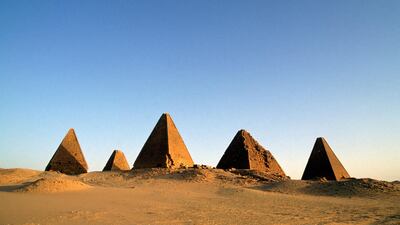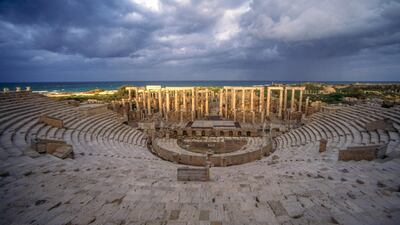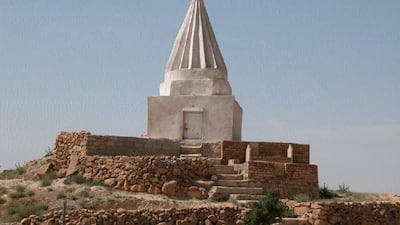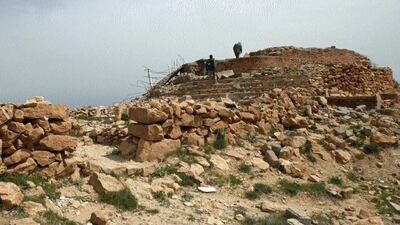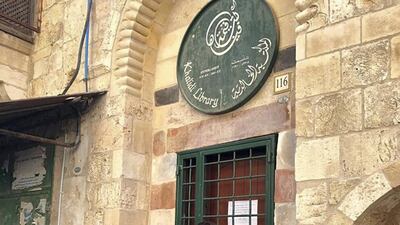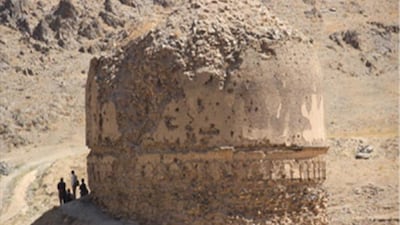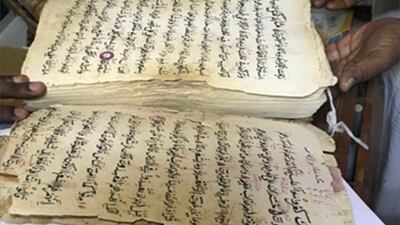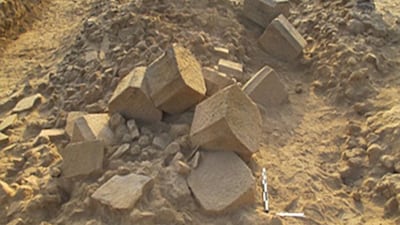A global fund dedicated to preserving cultural sites in war zones has allocated more than Dh36 million to new projects.
The International Alliance for the Protection of Heritage in Conflict Areas (Aliph) will seek to assist 20 international programmes.
Yemen, Sudan and Afghanistan have been designated as priority countries, alongside Iraq and Mali.
The foundation’s total funding now amounts to Dh62.4m, covering 43 projects in 12 countries.
“Through these interventions, we reaffirm our commitment to help preserve mankind's collective history and to assist those living in countries affected by conflict in building a renewed sense of hope, community and dignity”, said Thomas Kaplan, the chair of Aliph’s board.
Aliph was created in March 2017 to provide international funding for the preservation of cultural heritage in areas of armed conflict.
The organisation was formed following a conference in Abu Dhabi which looked at heritage in danger.
In Afghanistan, a Dh3.18m project for the protection of Buddhist-era sites in Kabul province will fund the conservation of the largest surviving Buddhist stupa, which dates from the first century AD.
A further Dh293,000 has been allocated to protect Afghanistan’s intangible heritage, including decorative tile-making in Herat, carpet weaving in Bamiyan and crafting the 18-string tambor guitar.
An additional Dh9.18m has been earmarked for initiatives in Sudan, including a topography study to define boundaries of about 70 archaeological sites and protect them with physical barriers.
Aliph’s work in Yemen will also be expanded from ongoing emergency relief work at the Aden Museum to include reconstruction of Al Badr Palace and the recovery of items buried by rubble.
A project led by the Council of American Overseas Research Centres will also see debris cleared from the collapsed Dhamar Museum site to allow for the removal of about 6,000 objects buried beneath its ruins. Two additional projects will document the architecture of Yemen’s historic cities.
In Iraq, a Yazidi shrine believed to date from the 12th Century and destroyed by ISIS in 2014, will be reconstructed. The Dh969,000 project includes research, fieldwork and restoration work on the Mam Rashan Shrine on Mount Sinjar.

Sites of religious and cultural diversity in Mosul’s Old City will be rehabilitated.
The ongoing Mosul Museum project, led by the Smithsonian Institution, Louvre Museum and the Iraqi State Board of Antiquities and Heritage, has stabilised the museum, stored part of its collection and finalised a rehabilitation plan.
The second phase includes artefact restoration, staff training and reconstruction preparation.
Other projects include conservation of a 13th Century church in Lebanon, the protection of Palestinian manuscripts in the territory of Palestine, conservation of a multi-religious heritage site in Somalia, the preservation of 16th Century churches in Peru and an assessment of funeral portraits from Palmyra in Syria.

